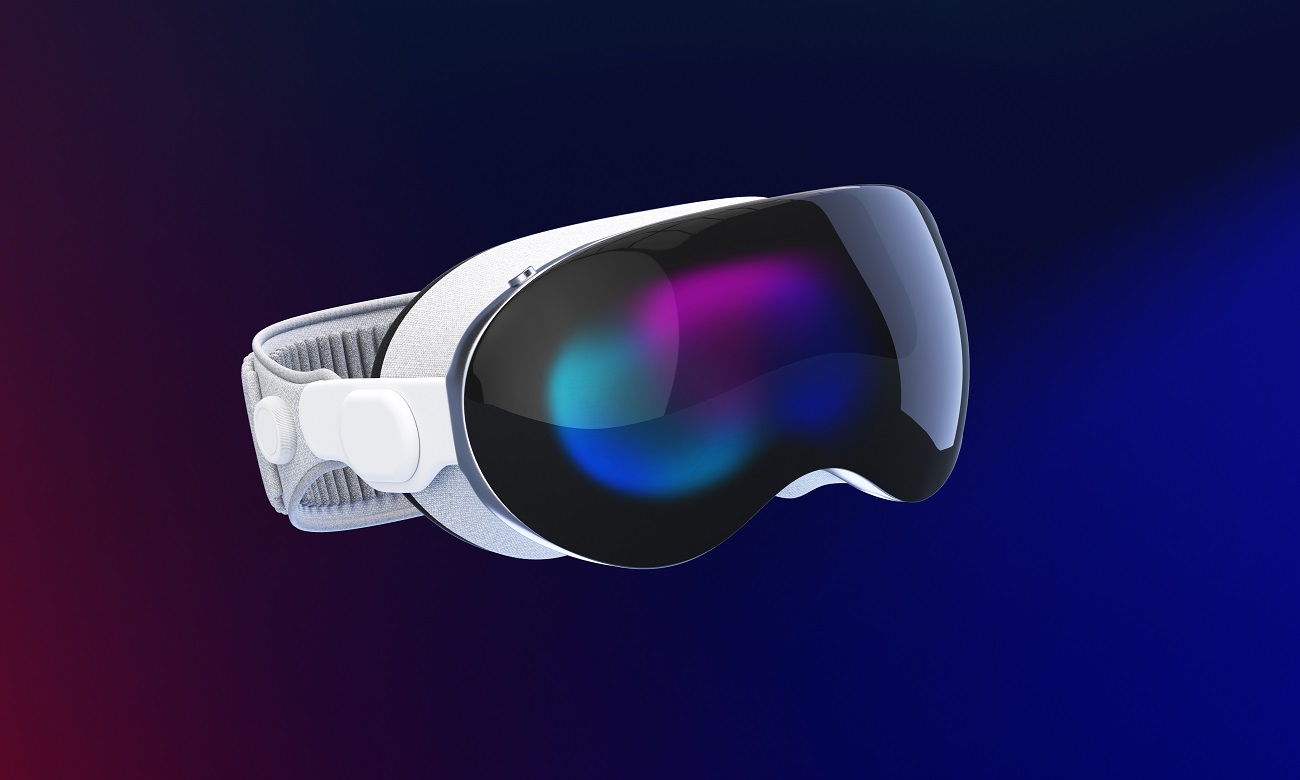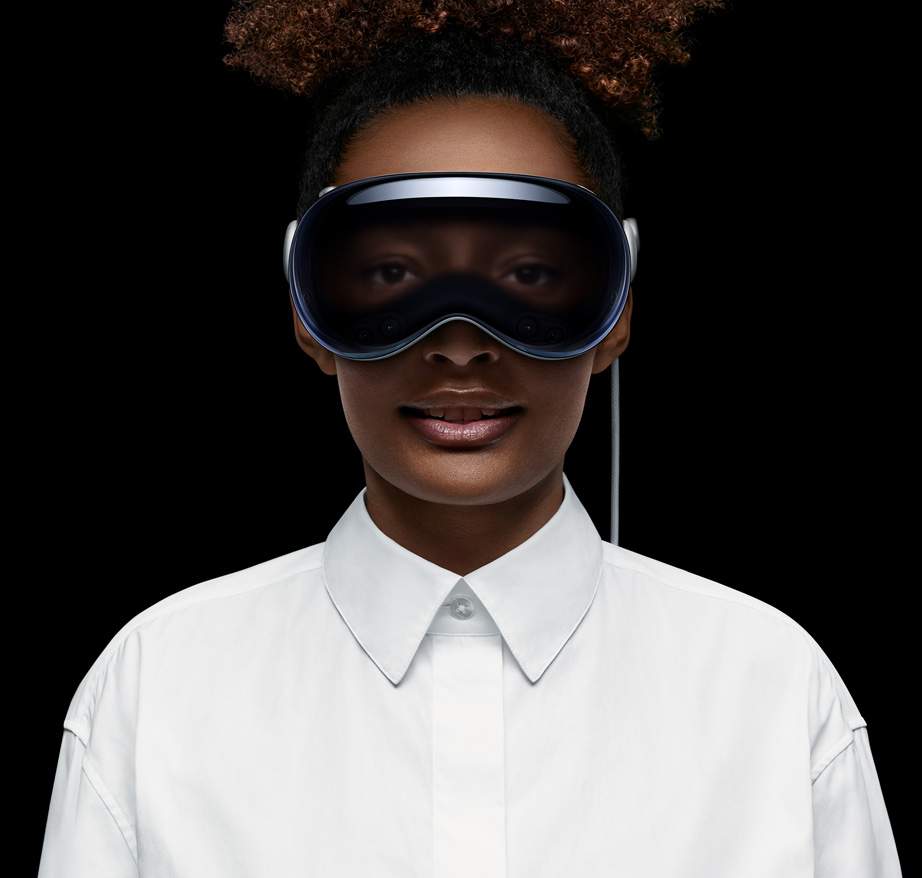Apple’s Vision Pro headset, with its mixed reality capabilities, has been a hot topic. While initial features focused on enhanced video calls with a more immersive sense of space, the recent introduction of Spatial Personas has truly revolutionized the game. Let’s take a deep dive into what Spatial Personas are, how they work, and how they might fundamentally change the way we communicate and collaborate.

Apple’s Vision Pro : From Flat Screens to Shared Spaces: Introducing Spatial Personas
Remember the frustration of video calls where participants appear confined to flat screens? Spatial Personas address this limitation head-on. They leverage 3D scans of participants to create dynamic, virtual avatars. Imagine your colleague or friend – not a picture on a screen – but a life-sized representation floating right beside you on the couch. This breaks the physical barrier and creates a sense of genuine presence in the same space.
Beyond Avatars: Spatial Interaction for a Natural Experience

Spatial Personas aren’t just fancy 3D models. They’re interactive! Imagine being able to move your friend’s virtual avatar around your living room with a simple pinch-and-drag gesture. This allows for a more natural flow of conversation, where you can make eye contact and position people based on the activity. The possibilities are endless – collaboratively brainstorm on a whiteboard with a colleague across the country, virtually huddle around a 3D model during a design meeting, or even play a game with friends, all feeling like you’re in the same room. Apple’s SharePlay takes full advantage of this, allowing you to virtually watch movies side-by-side or play games with others seemingly present in the room.
A Glimpse into the Future: The Potential Impact of Spatial Personas
The potential applications of Spatial Personas are truly transformative. Imagine the following scenarios:
- Revolutionizing Education: Imagine immersive virtual field trips where students can explore the pyramids of Egypt or walk the Great Wall of China. Historical reenactments could come alive, placing students right in the heart of pivotal moments.
- Enhanced Collaboration: Design teams from around the world could collaborate on projects in real-time, feeling like they’re all huddled around the same virtual table, manipulating 3D models and brainstorming ideas.
- Transcending Physical Limitations: Social interaction can transcend physical limitations, allowing for a deeper sense of connection with loved ones who are far away. Imagine having a virtual dinner party with friends across the globe, feeling like you’re all gathered around the same table.
Early Steps on a Long Journey: Current Limitations
It’s important to acknowledge that Spatial Personas are still in beta. While they function impressively, there’s room for growth. Currently, the technology is limited to FaceTime calls. The ability to interact with objects within the shared space – say, manipulating a virtual whiteboard during a meeting – is yet to be fully explored. Additionally, the requirement for all participants to have Vision Pro headsets creates a barrier to widespread adoption.
The Road Ahead: A Paradigm Shift in Communication
Despite these limitations, Apple’s Spatial Personas represent a significant leap forward in communication technology. As the technology matures, becomes more accessible, and integrates with other applications, we can expect a paradigm shift in how we connect and collaborate. The future of work, education, and even social interaction might involve us sharing our physical space with virtual representations of loved ones, colleagues, and even historical figures. The possibilities are truly exciting, and Apple’s Spatial Personas are the first step on this thrilling journey.
Also Read: Google Pixel 8a Lands in India: Powerful AI at an Attractive Price


